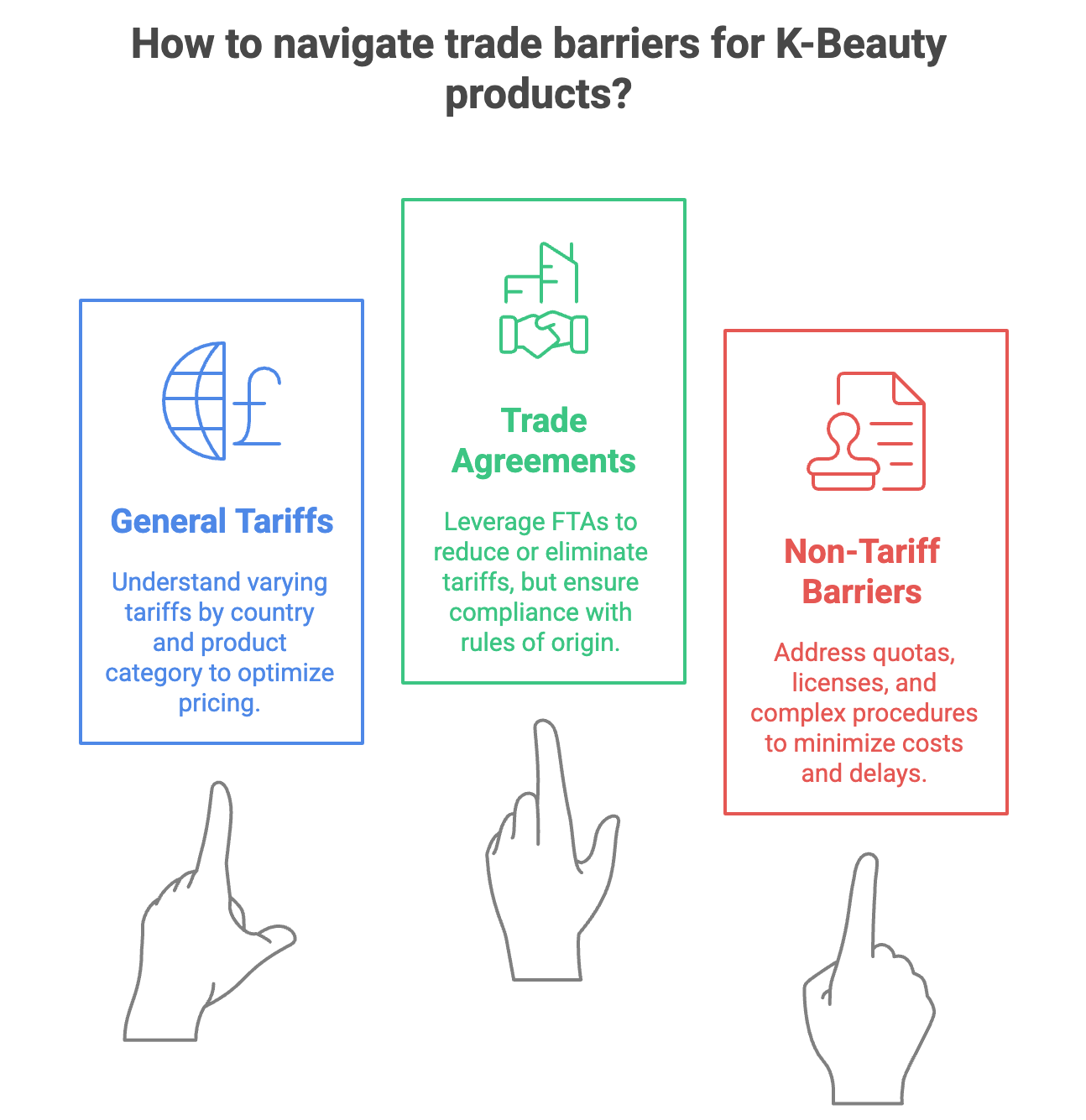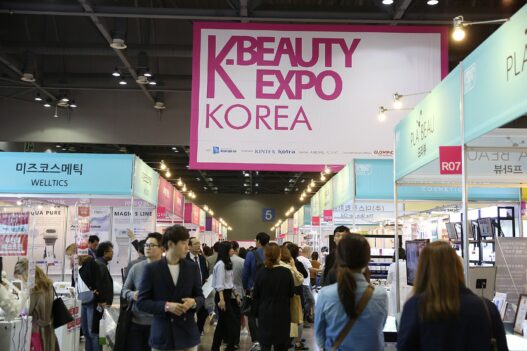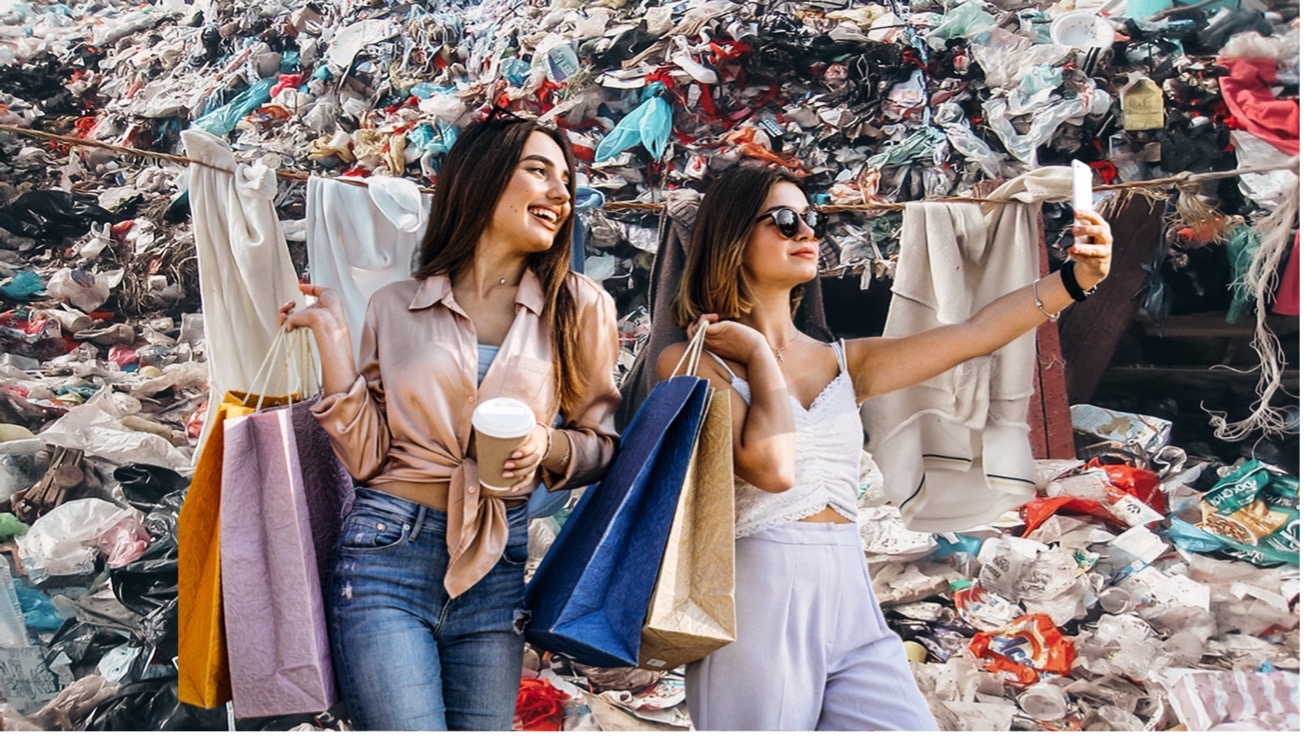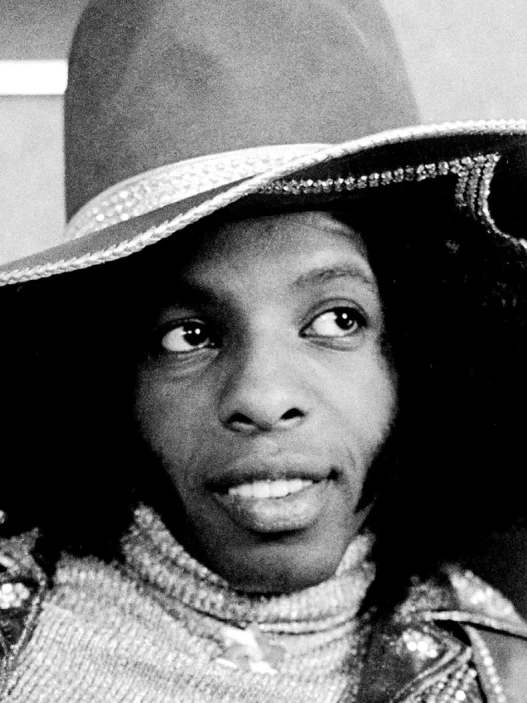The world’s obsession with radiant, healthy skin has propelled K-Beauty from a niche trend to a global powerhouse. From sheet masks to elaborate ten-step routines, Korean skincare has captured the hearts (and faces) of consumers worldwide. But entering the global market isn’t as simple as shipping boxes of serums. Success depends on understanding the complex web of tariffs, trade regulations, and international competition. Let’s dive in!
The K-Beauty Rise: Fueling Global Demand for Korean Skincare
The K-Beauty phenomenon began modestly, gaining traction through word-of-mouth and online communities. What sets it apart? A focus on innovative ingredients, gentle formulations, and a philosophy of preventative care rather than reactive treatment.

We’ve seen brands like Laneige, with its cult-favorite Water Sleeping Mask, TIRTIR with its viral cushion foundations, and innisfree, known for its eco-conscious approach, explode in popularity. But these success stories also attract increased scrutiny and regulations as they grow.
Understanding the Global Rise of Korean Skincare & K-Beauty
Korean skincare’s global expansion is rooted in several key factors:
- Innovation: K-Beauty is known for introducing novel ingredients and textures like snail mucin, bee venom, and innovative delivery systems.
- Affordability: Compared to luxury Western brands, many K-Beauty products offer high-quality ingredients at more accessible price points.
- Effective Marketing: Smart social media campaigns and influencer collaborations have played a significant role in driving demand.
- Cultural Influence: The popularity of Korean dramas and K-pop has further boosted interest in Korean culture, including beauty products.
However, this success isn’t without its hurdles. As K-Beauty penetrates new markets, companies face the challenge of navigating diverse regulatory environments.
Decoding K-Beauty Import Regulations in Key Global Markets
Each country has its own set of rules for importing cosmetics. These can cover everything from ingredient restrictions to labelling requirements and safety testing.
- United States: The FDA regulates cosmetics, requiring proper labelling and prohibiting certain ingredients.
- European Union: The EU has some of the strictest cosmetic regulations globally, with a long list of banned substances and mandatory safety assessments.
- China: China’s regulations are particularly complex, often requiring animal testing for imported cosmetics. This has prompted some K-Beauty brands to develop China-specific product lines that comply with these regulations.
- Southeast Asia: Countries like Indonesia and Malaysia have their own halal certification requirements for cosmetics.
For instance, let’s say a company wants to export a face cream containing a specific preservative. The EU might have a concentration limit for that preservative, while the US might not have any restrictions at all. Ignoring these nuances can lead to costly delays, product recalls, or even outright rejection at customs.
K-Beauty Tariffs: A Comprehensive Overview
Tariffs are taxes imposed on imported goods. They are a significant barrier to international trade, affecting the price competitiveness of K-Beauty products in foreign markets.

- General Tariffs: These vary by country and product category. Cosmetics generally face tariffs ranging from 0% to 20%, depending on the importing country’s trade agreements and policies.
- Trade Agreements: South Korea has free trade agreements (FTAs) with many countries, including the US, EU, and ASEAN nations, which can significantly reduce or eliminate tariffs. However, understanding the specific rules of origin and documentation requirements under each FTA is essential.
- Non-Tariff Barriers: These include quotas, import licenses, and complex customs procedures. For example, a country might impose strict labelling requirements or require extensive documentation for imported cosmetics, creating additional costs and delays for K-Beauty exporters.
Overcoming Challenges in K-Beauty International Trade: Tariffs, Regulations, and Competition
Beyond tariffs and regulations, K-Beauty brands face intense competition in the global market. Major players like L’Oréal, Estée Lauder, and Shiseido have their own extensive skincare lines, and there’s a growing number of domestic brands in each country vying for market share.
Specific challenges include:
- Counterfeit Products: The popularity of K-Beauty has led to a surge in counterfeit products, which can damage brand reputation and erode consumer trust.
- Supply Chain Disruptions: Global events like pandemics or geopolitical tensions can disrupt supply chains, leading to delays and increased costs.
- Evolving Consumer Preferences: Consumer preferences are constantly changing, requiring K-Beauty brands to stay agile and adapt their products and marketing strategies to meet evolving demands.
Strategies for Mitigating K-Beauty Tariffs and Trade Barriers
While tariffs and regulations can seem daunting, there are several strategies K-Beauty brands can use to minimise their impact:
- FTA Utilisation: Fully utilise existing free trade agreements to reduce or eliminate tariffs. This requires careful attention to rules of origin and proper documentation.
- Strategic Market Selection: Focus on markets with favourable trade policies and strong consumer demand for K-Beauty products.
- Local Manufacturing: Consider establishing manufacturing facilities in key markets to avoid tariffs and reduce transportation costs.
- Adapt Product Formulations: Modify product formulations to comply with local regulations, such as ingredient restrictions or labelling requirements.
- Build Strong Relationships: Develop strong relationships with local distributors and retailers who can help navigate regulatory hurdles and market the products effectively.
The Future of Global K-Beauty: Sustainable Growth and Trade Optimisation
The future of global K-Beauty depends on innovation, sustainability, and a deep understanding of international trade. Brands that prioritise ethical sourcing, eco-friendly packaging, and transparent supply chains will be well-positioned to succeed in the long term. Additionally, continuous monitoring of trade policies, adapting to evolving consumer preferences, and embracing digital technologies will be essential for sustainable growth. By mastering the complexities of tariffs, regulations, and international competition, K-Beauty brands can continue to captivate consumers worldwide and solidify their position as leaders in the global beauty industry.


















